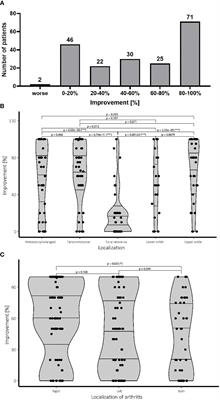Hand osteoarthritis is the lowest hanging fruit, in my humble opinion.
These patients generally suffer for years and treating hands is easier to sell to anyone (patients and other physicians) than a major joint.
You can use photons, one beam 6-MV with a bolus.
If you have an orthovoltage machine, treating from each side with 0.5 Gy works well too, you get about 0.5 Gy in the middle of the joint too (depending on how thick the fingers are and how much kV your machine can deliver, you may need to add/substract a bit of dose).
Who is managing just straight OA these days. I can’t imagine ortho being all that helpful as they’ll probably just replace the joint. Maybe the people that don’t want surgery. Rheum? Primary Care?



